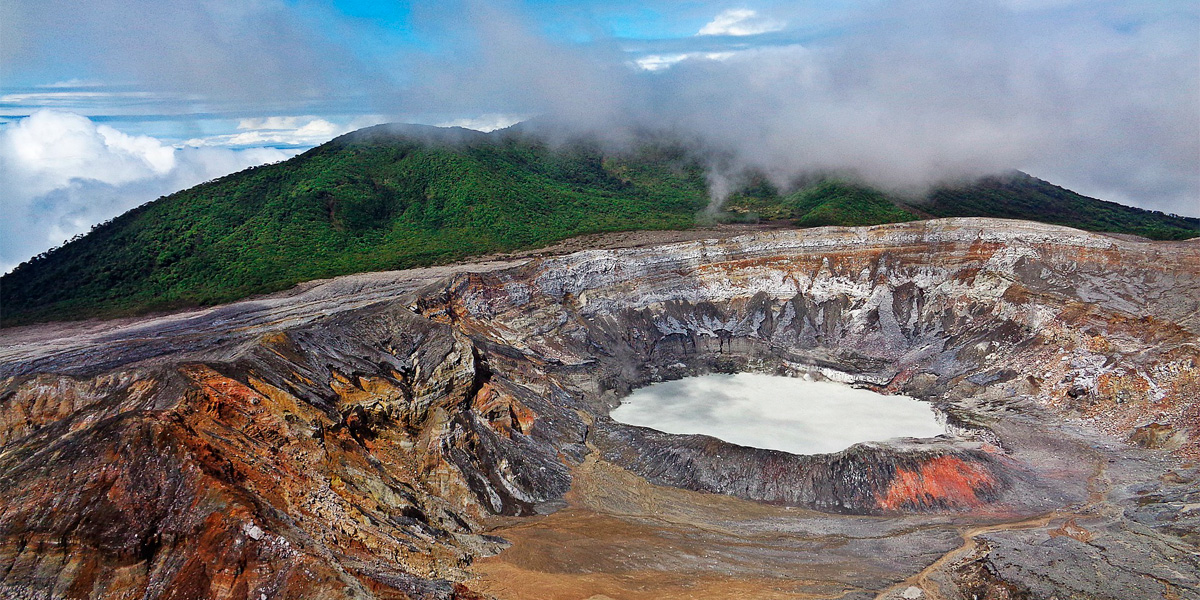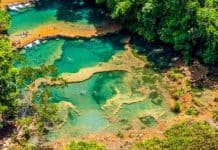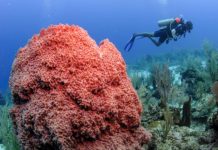
Biodiversity is the great attraction of Central America. Forests, seas, mountains… There are hundreds of spaces full of life in the region that you have to discover. We offer a multi-destination route through some of its main national parks. Enjoy ecological tourism in these areas and discover the richness of the Pacific zone, but also the biodiversity in the Atlantic!
National Parks that bring you closer to the biodiversity of Central America
We started this multi-destination journey in Guatemala. Specifically, in the Pacaya Volcano National Park. Did you know that you can walk very close to the crater? You’ll be just a few inches from the lava flows. And the Pacaya remains active, albeit at a very low level. A real show!
El Imposible Park
Then go to El Imposible, the largest park in El Salvador. 5000 species of butterflies, 100 mammals, 500 plants, 285 birds and 53 amphibians. The rugged topography does the rest to make this space the most acclaimed in the country.
More volcanoes in Central America: Izalco, Cerro Verde, Maderas…
Also, don’t miss the Montecristo National Park, with trees up to 30 metres high, and the Izalco, Cerro Verde and Santa Ana Volcanoes (access to all three peaks is allowed). If these geological structures attract you, go to the Maderas Volcano National Park, in Nicaragua. It belongs to the so-called Pacific Ring of Fire and is located in a practically virgin area popular among those who love ecotourism.
Nature in the Pacific zone and biodiversity in the Atlantic
The Biodiversity of Central America is also spectacular in the Atlantic area. In the Caribbean area of Costa Rica is the Barbilla National Park, which hosts jaguars, pumas and tapirs. It is also the home of the Cabécar people, one of the most important indigenous groups in the country.
Isla Bastimentos Marine Park
You will find the Isla Bastimentos National Marine Park in Panama, near the Ngäbe-Buglé Salt Creek indigenous village, just as charming. Coral reefs, beaches with coconut trees, mangroves and swamps receive a multitude of colourful fish, sponges and turtles. In its green forests you will see tall trees within an ecosystem whose vegetation consists of 155 species.
Pico Bonito National Park
We continue this multi-destination trip with a stop in Honduras, in its Pico Bonito National Park. It is the largest protected area in Atlántida and combines different types of climates: from tropical rainy to cloudy. These lands, which hosts the emerald hummingbird, the only bird endemic to Central America, are full of waterfalls and trails for horse riding.
The largest population of macaws in Chiquibul
We finish this route in Belize. We urge you to visit its largest National Park, Chiquibul, which has more than a thousand square kilometres of jungle. It is one of the country’s treasures, a protected natural space located in the Mayan mountains and is home to the largest population of macaws.
Bacalar Chico Marine Park and Reserve
Don’t leave Belize without experiencing the magic exuded by Bacalar Chico National Park and Marine Reserve, a World Heritage Site that occupies the northern part of Ambergris Cay. Are you ready to see the beauty of any of its 46 kilometres of reefs?
You see, biodiversity in Central America is one of its hallmarks. Discover it in this complete route that will help you immerse yourself the region’s nature. Don’t be left wanting more and visit our website to learn about other multi- destination tours that will invite you to connect with the landscape. Try ecotourism and experience the beauty of the environment.
Experiences:






